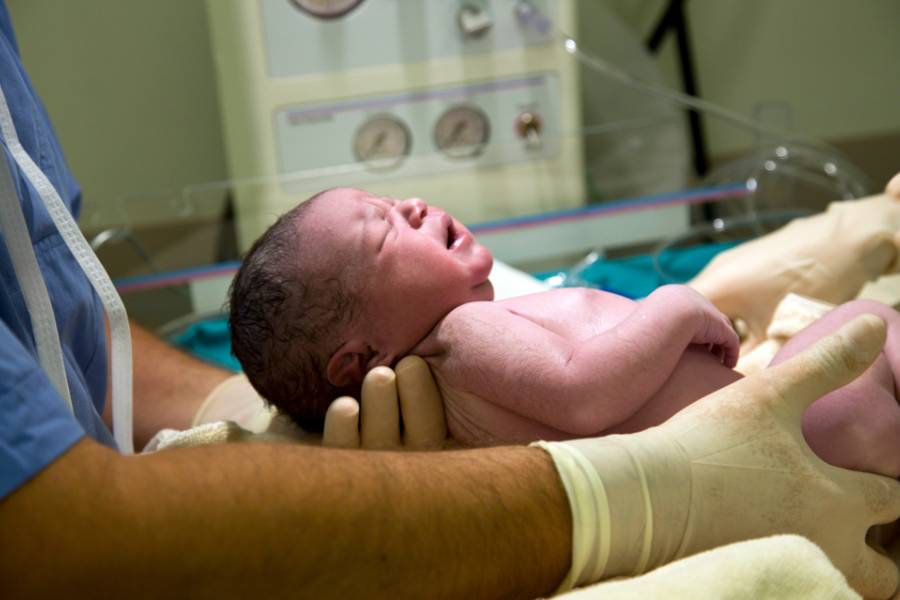Sometimes it takes a tragedy to destroy a sense of complacency. The steady decline in neonatal mortality in India between 2016 and 2021, as has been highlighted by various health surveys, was hailed as one of the most significant achievements of the country’s public healthcare system in recent years. Yet, the double hospital horrors reported from Maharashtra — 24 deaths occurred in a 24-hour period in the Dr Shankarrao Chavan Government Hospital in Nanded, out of which 12 were newborns, while 18 reportedly died at a government hospital in Sambhajinagar, out of which two were pre-term-babies — within a span of a few days last week brought to light the glaring loopholes that often remain in the shadows. Unfortunately, the twin tragedies are not stray incidents: they point to stubborn structural impediments. Reports indicate that roughly 40 infants die daily in Maharashtra before they turn one; about two-thirds of them are less than a month old. These figures seem to be consistent with global and national trends. The number of neonatal deaths was as high as 2.3 million in 2021 around the world; India logged a staggering 4,41,801 of such mortalities. Significantly, the Sample Registration System released in 2022 exposed inter-state variation in child mortalities — the mortality rate in Madhya Pradesh is six times that of Kerala. Child deaths in rural areas are also higher — about 76.6% — than in urban areas — 23.4% — across the country.
Besides prematurity, low birth weight and respiratory distress, nutritional deficiency, inadequate maternal care during pregnancy, high incidence of anaemia, especially among the poor, late referrals by local hospitals, insufficient medical infrastructure and emergency care facilities are related, often overlapping, factors that contribute to neonatal deaths in India. The fact that neonatal deaths are routine occurrences despite being preventable is perhaps indicative of a lack of intent on the part of the administration to be vigilant about these loopholes. Scaling up interventions — supplying iron and folic supplements to pregnant women and providing them with counselling are established interventions — at the grassroots as well as bolstering data collection are urgent tasks cut out for the authorities.











